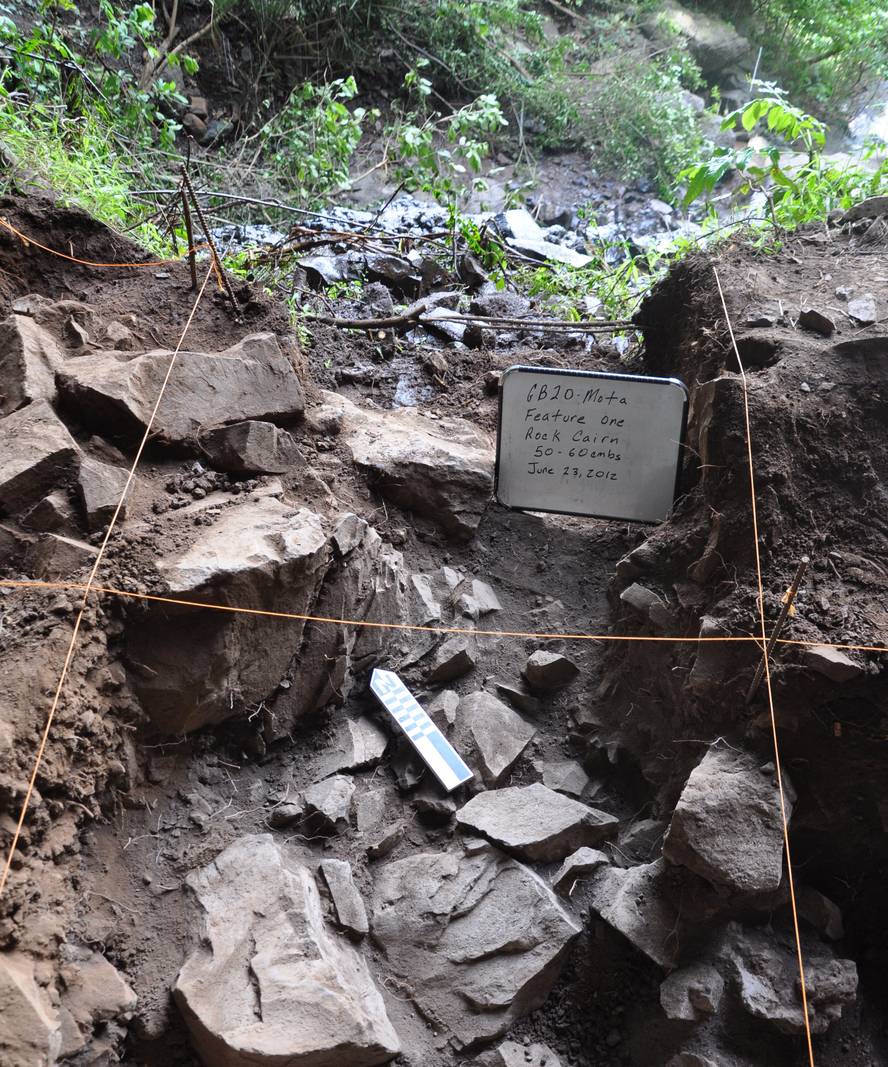They have shown that Africa has not only been the source of migration, but also the recipient
They conclude that 3,000 years ago there was a large migration from Eurasia to East Africa, analyzing the genome of an Ethiopian fossil of 4,500 years, against the genomes of current populations in Europe, the Middle East and Africa. The research has been conducted by an international team and the results have been published in the journal Science.
This is the first time that ancient DNA has been studied in Africa. The fossil was found in the cave called Mota, on the plateau of Ethiopia. The researchers have explained that the place had the right characteristics to keep the DNA in good condition, which has allowed them to carry out a study. And compared to the genomes of current African populations, they have realized that Africa has not been the only cause of migration. On the contrary, research shows that it has received.
In fact, genetic studies have shown that about 3,000 years ago there was a large migration from the Middle East to Ethiopia. Migrants were farmers and ranchers, expanding their culture and technology. Along with this, they left an obvious genetic mark: 25% of the genome of Ethiopia's current population comes from these migrants, while the footprint left on populations across Africa is estimated at 5%.
Researchers still do not know why that great migration occurred, but they have provided many other data. For example, they have clarified that the population that migrated from the Middle East to Africa was the same as that which spread 7,000 years ago to the west of Europe.
According to researchers, chance has played an important role in research, since it is not easy to find fossils in such good condition. However, in addition to chance, technique has been essential. Andrea Manica, from the University of Cambridge, said that “the technique of sequencing ancient DNA is very new, but the way to reconstruct the origin of humanity is already changing.” And he adds: “These techniques will continue to develop and allow us to know our ancestors better.”






